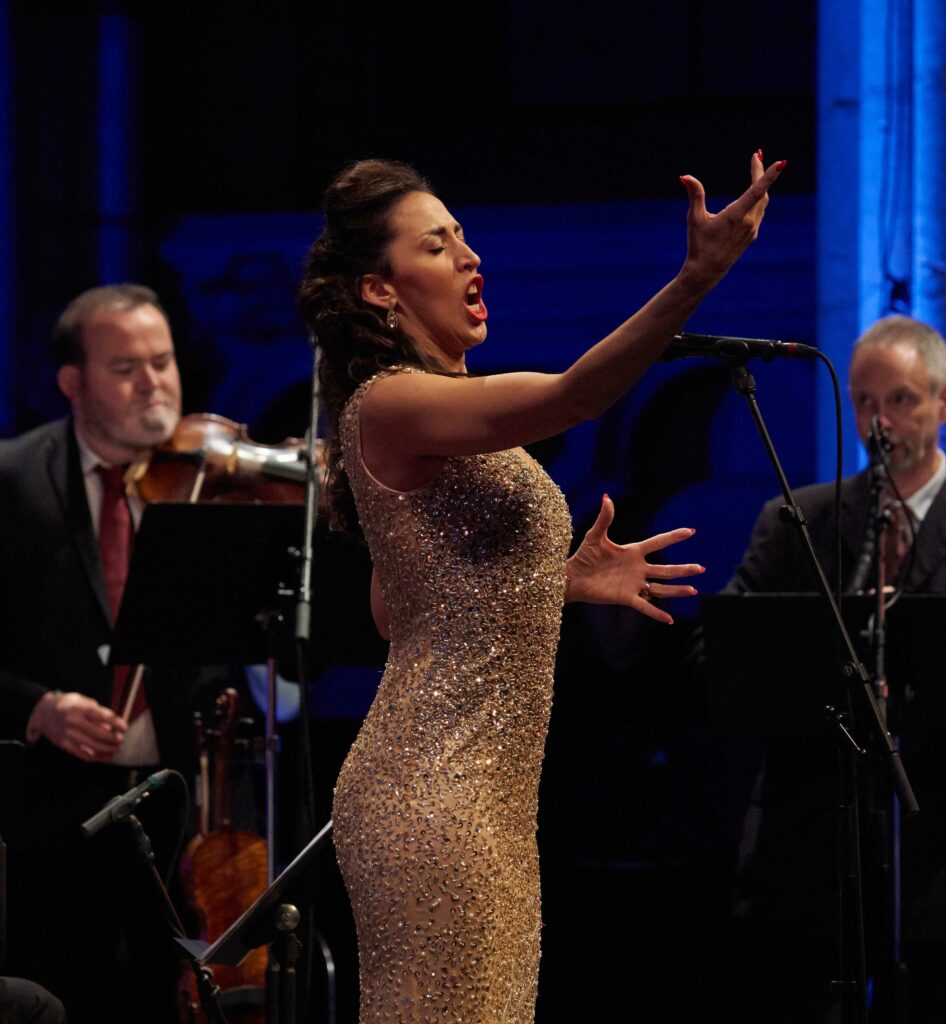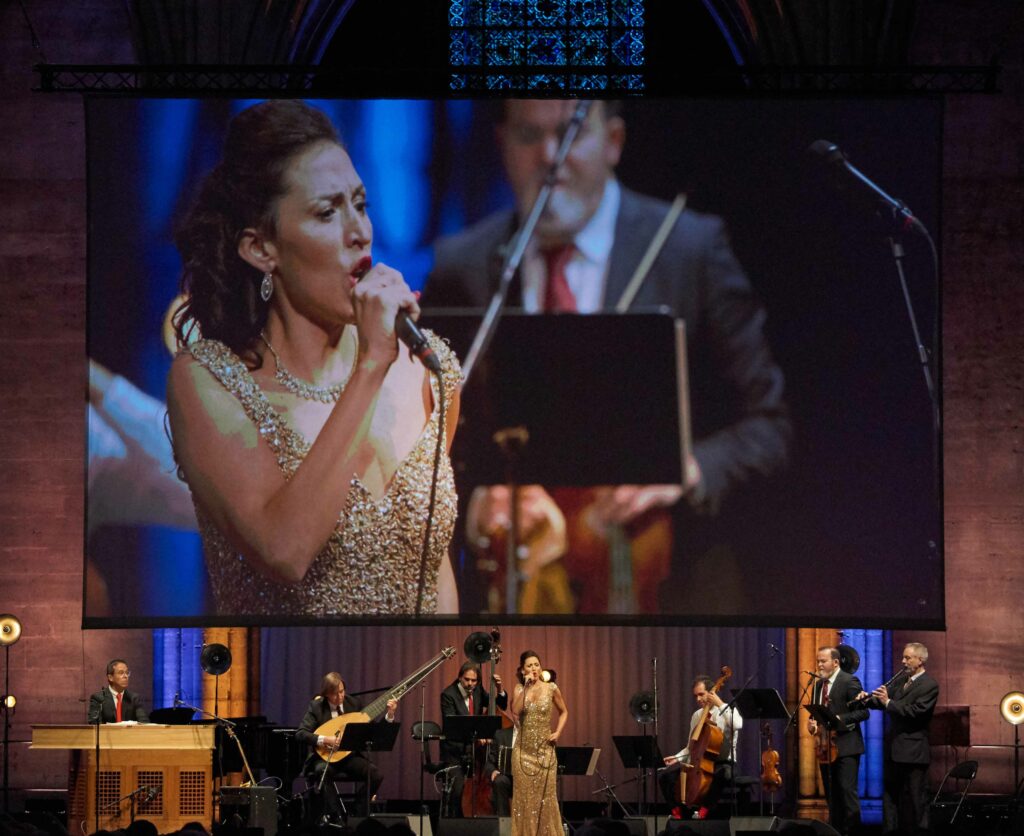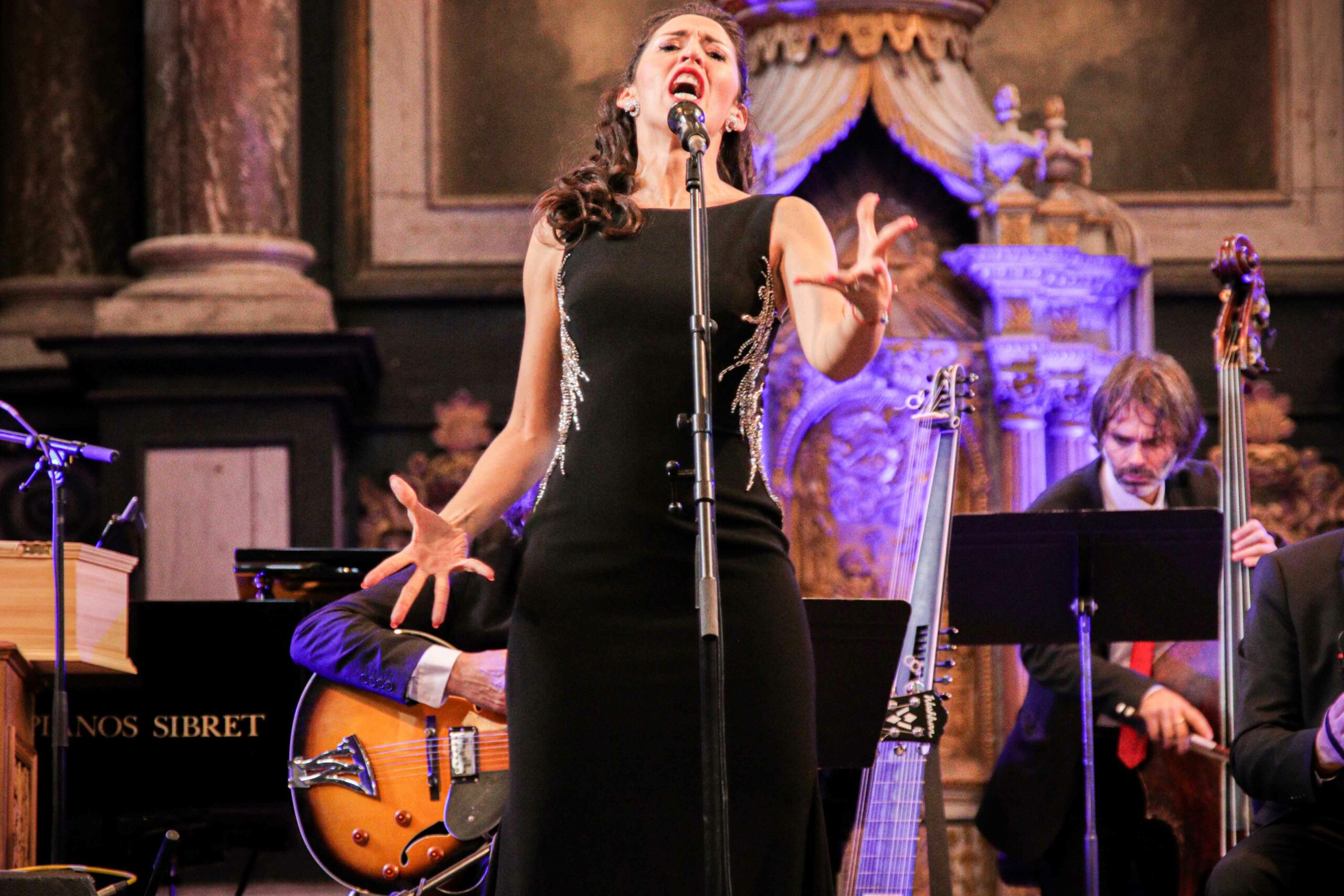


“Before this project, Baroque music was nothing more than folklore to me. Unearthing this music and trying to bring it back to life was almost like an archaeological excavation. I realised that Baroque music is just as vibrant as tango and is not only for young people who like pretending to be old people.
William Sabatier, Bandoneonist
Ancient instruments dialogue with modern instruments in a performance that is situated somewhere between past and present, between dance and music. The powerful dramaturgy draws us into a journey that takes us from life to death, fully embracing both musical aesthetics. The scores have been transcribed for the bandoneon, which runs like a thread throughout the concert.
“It is incredibly challenging to bring together two influential musical worlds that are separated by more than 400 years. Not everyone is prepared to take on this task, but it’s a hugely rewarding experience that gives us much hope for the future, opening the door to new questions, new research and new projects.”
Quito Gato
Night
Anibal Troilo La Ultima Curda (Tango, 1956)
Claudio Monteverdi Dormo ancora (Il ritorno d’Ulisse in patria 1640)
Claudio Monteverdi Sinfonia (L’Orfeo 1607)
Claudio Monteverdi Dorme l’incauta Dorme (L’incoronazione di Poppea 1642)
An omen
Astor Piazzolla Romance del Diablo (Serie del Diablo 1965)
Claudio Monteverdi Ohimé, ch’io cado (Il primo libro delle canzonette 1593)
Astor Piazzolla Vuelvo Al Sur (texte de Pino Solanas 1987)
Love
Astor Piazzolla Milonga del Angel (Serie del Angel 1965)
Claudio Monteverdi Sol per te bella Euridice (L’Orfeo 1607)
Claudio Monteverdi Pur ti miro (L’incoronazione di Poppea 1642)
Abandonment
Astor Piazzolla Balada para un loco (texte de Horacio Ferrer 1969)
Claudio Monteverdi Lamento della ninfa (VIII Libro dei Madrigali 1638)
Astor Piazzolla Chiquilín de Bachín (Horacio Ferrer 1968)
War
Claudio Monteverdi Sinfonia da Guerra (Il ritorno d’Ulisse in patria 1640)
Astor Piazzolla Jacinto Chiclana (text by Jorge Luis Borges, 1965)
Astor Piazzolla Michelangelo 70 (1969)
Death
Claudio Monteverdi Benedicta (Il Vespro della beata Vergine 1610)
Astor Piazzolla Muerte del Angel (Serie del Angel 1962)
Astor Piazzolla Balada para mi muerte (text by Horacio Ferrer 1968)
Claudio Monteverdi S’apre la tomba (Il secondo libro delle canzonette 1637)
Performance running time: approx. 1 hour 40 minutes
Mariana Flores, soprano
Diego Valentín Flores, tenor
Cappella Mediterranea
William Sabatier, bandoneon
Girolamo Bottiglieri, violin
Rodrigo Calveyra, cornett
Ronald Martin Alonso, viola de gamba
Quito Gato, theorbo, guitar
Romain Lecuyer, double bass
Leonardo García Alarcón, direction, piano, harpsichord
Programme created for the 2009 Festival d’Ambronay.
« Sometimes great creators brave the fear of displeasing, and create a new style so that music can follow its natural course. Two composers of Italian origin fit this Don Quixote-like role: Claudio Monteverdi for the Italian Baroque style and Astor Piazzolla for tango.
Monteverdi worked in Venice, a city defined by its port. Piazzolla was also of Italian origin, but lived in Buenos Aires, a city where the inhabitants are called porteños (literally ‘port dwellers’). The deaths of these two visionaries left a huge void. Their styles are so personal that Cavalli, a pupil of Monteverdi’s, seems to predate his master, and some contemporary Argentine bandoneon composers struggle to renew Piazzolla’s style.
The Centre culturel de rencontre d’Ambronay originally suggested that I come up with a programme featuring Vivaldi and Piazzolla. I proposed to instead explore the relationship between Monteverdi and Piazzolla because if we overlook the centuries that separate them, we can see that they shared the same struggles and dreams. They both wanted to create freely put their brilliant technique at the services of intense and contradictory emotions. I gave this idea a name: Angel y Demonio. Monteverdi is not an angel and Piazzolla is not a demon, but both can switch from one to the other at any time. It is the very foundation of their musical language. Both knew that life is synonymous with emotion, love, change, crisis and death. “

